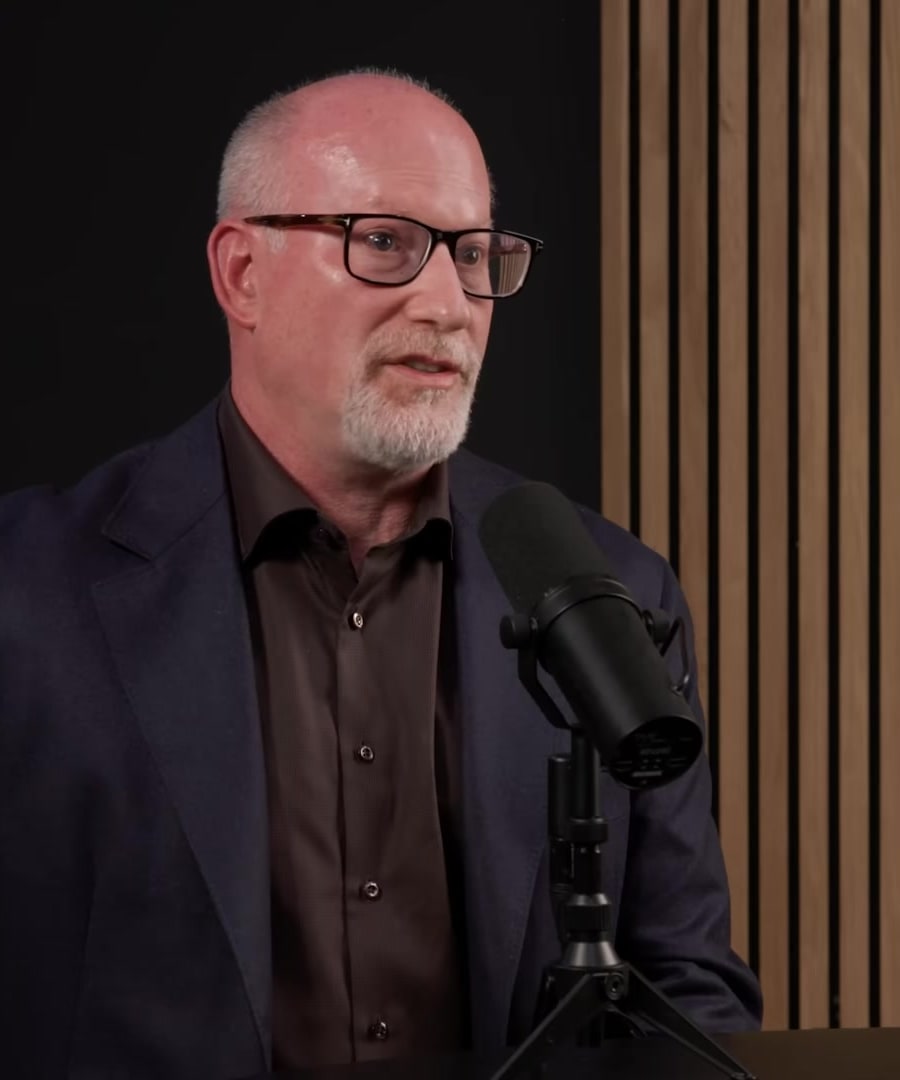Bpc 157
Sources:
BPC 157, or Body Protection Compound 157, is a peptide that has garnered attention for its potential tissue healing benefits. Here are some key insights based on discussions from the :
Potential Benefits
- Tissue Recovery: Animal studies indicate that BPC 157 can enhance fibroblast migration and the formation of blood vessels (angiogenesis) at injury sites, which may aid in healing 1.
- Anecdotal Evidence: Many users report faster recovery times for injuries, suggesting its therapeutic potential, albeit without robust clinical trials in humans 2.
Administration Methods
- BPC 157 can be delivered either systemically (injections into a different site, such as the abdomen) or locally (direct injection into the injury area). Both methods seem effective, although local injections are sometimes preferred due to anecdotal reports of quicker results 1.
- A newer peptide, pentadeca arginate, has been identified as a promising alternative to BPC 157 with similar effects on healing 3.
Risks and Cautions
- Lack of Human Data: There is a significant lack of rigorous human studies on BPC 157, raising concerns about its safety and true efficacy. Most existing evidence comes from animal studies or anecdotal reports from users 1.
- Cancer Risk: BPC 157 may increase vascular growth via mechanisms that encourage tumor growth. Individuals with known cancers or those concerned about tumors should exercise caution when considering its use 4.
- VEGF Upregulation: BPC 157 increases Vascular Endothelial Growth Factor (VEGF), which supports blood vessel growth, but could potentially exacerbate tumor issues, thus warranting caution 4.
Dosage Recommendations
- Typical dosages for BPC 157 are about 300 to 500 micrograms, administered a few times a week, but individuals should be closely monitored for any adverse effects 4.
Summary
While BPC 157 shows promise for enhancing recovery and healing processes, the extraordinary claims regarding its effectiveness must be tempered with significant caution due to the lack of clinical trials in humans and the potential risks of stimulating unwanted conditions like tumor growth. Consultation with a healthcare provider is strongly recommended before considering its use.
RELATED QUESTIONS
Bpc 157
- RELATED QUESTIONS



